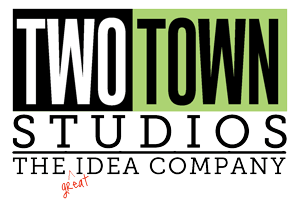Get A Leg To Stand On
For some time toy designers have been lamenting the dumbing down of toy design so they can be sold in the mass market stores. Mass market sellers aim for the widest customer base possible, and unfortunately they tend to do it by aiming low. No long explanations, complicated instructions or complex outcomes are allowed for their toys, and celebrity and entertainment licenses reign supreme. But while toys for big box are fading into little more than licensed product lacking any real play quality, the smart companies are realizing they are part of a gigantic “Play Industry” which includes much more than toys – video, apps, interactive electronics, 2D and 3D craft, even social. They are not looking for just 24 or 48 inches of shelf space anymore, because what used to be of primary importance has been replaced by the need to find different revenue models in a disrupted business. They now are in a fierce competition to capture some of the kid’s attention, and need to construct and operate from a bigger “platform”.
Similar changes have come to the advertising game. People have long hated wasting their precious time on commercials, so digital disruption has hit hard as DVRs allow people to skip the ads, and to make matters worse the new entertainment and social mediums don’t mesh with traditional advertising methods. Ad agencies are faced with the prospect (necessity actually) of blowing up their traditional business methods and building a new multi-faceted platform from which they can engage people in multiple ways to successfully get their attention. Scary work.
Both of these are prime examples of what our new “connection economy” is doing to industries closely related to ours, and it shouldn’t be much of a leap for you to see how it affects you as an artist. I think the concept of working from a broader “platform” can be a useful one. Look at your business as a big picture, all of your creative and marketing efforts in total – how do they relate and support each other, and more importantly how do they relate and support building connections with your customers? Try putting together a structure chart. Identify what supports your platform and consider eliminating anything that doesn’t help build it. Leave some room for experimentation, float some balloons and pay attention to what works and why, because it changes.
I believe you need to think and act like a start-up business regardless of how long you have been in the industry. History is no longer a predictor of the future and the new mantra is “he who gets there first wins”. Stay in front of it.
